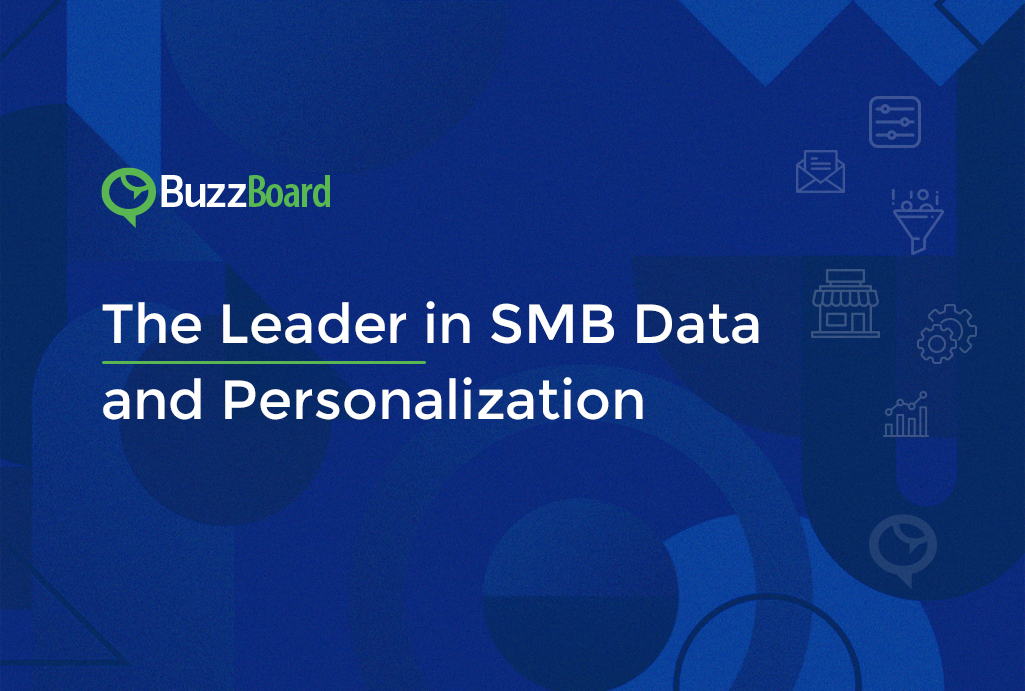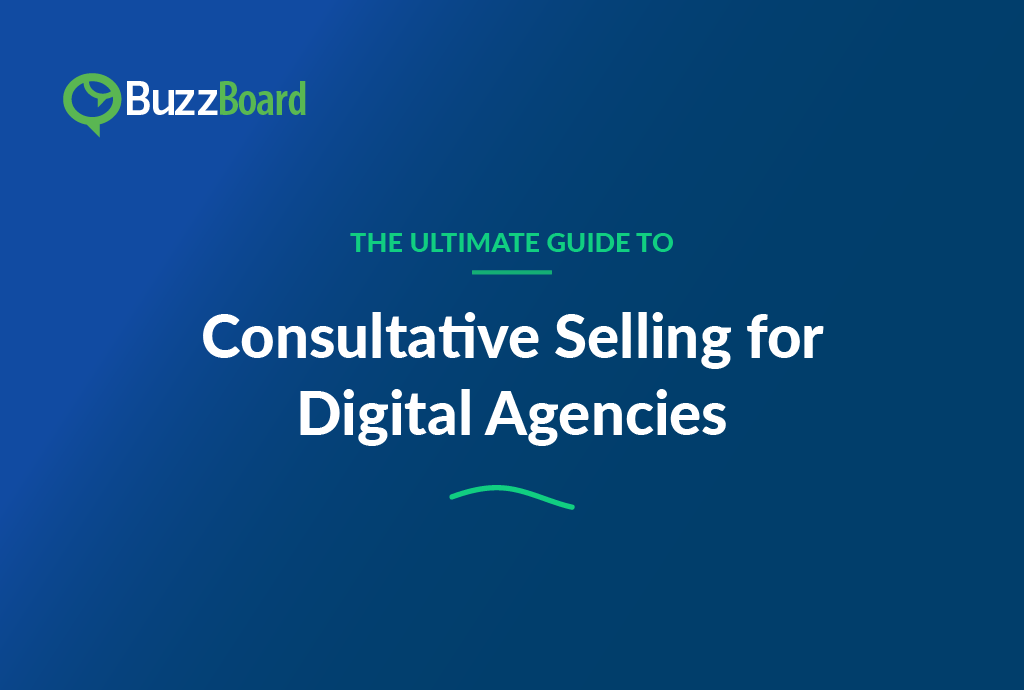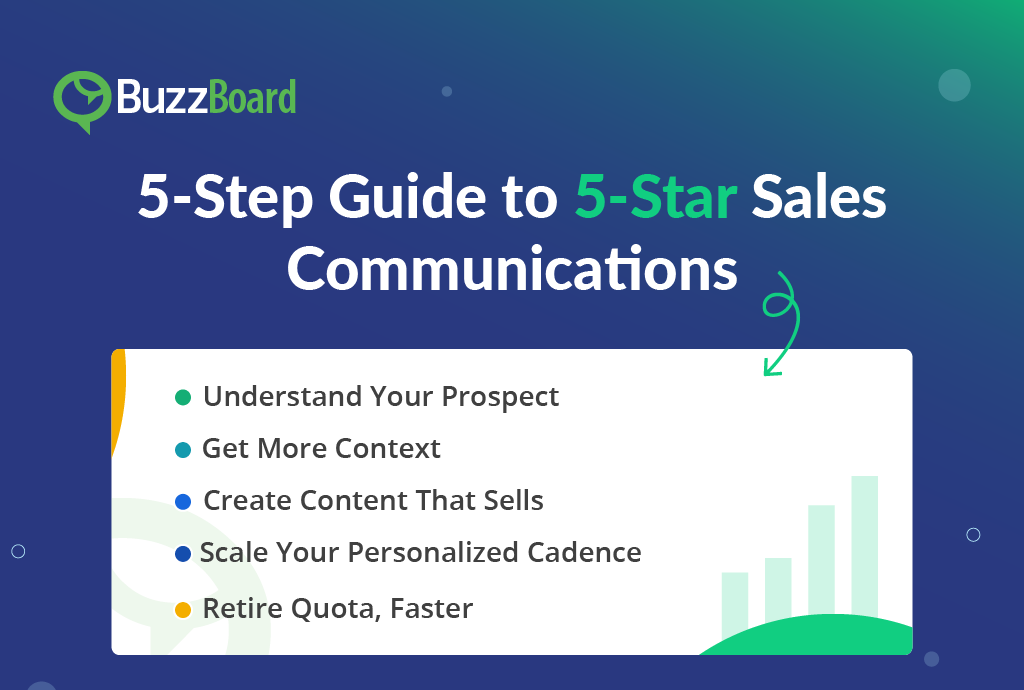 Let’s face it. Prospecting for new clients can be a losing proposition — businesses of all sizes are solicited daily. Working with a lead today is not the same as it was yesterday or even how it will be tomorrow. With so many products and solutions providers available, it can be hard for sellers to make themselves heard. Many companies have only the most basic information on their leads and customers. What could they learn about their leads that they don’t already know? What information could alter their customer growth trajectory? To drive sales and beat the competition, you need to rethink the lead process. Leads don’t have to be cold, and with the right data, you can accelerate the sales process.
Let’s face it. Prospecting for new clients can be a losing proposition — businesses of all sizes are solicited daily. Working with a lead today is not the same as it was yesterday or even how it will be tomorrow. With so many products and solutions providers available, it can be hard for sellers to make themselves heard. Many companies have only the most basic information on their leads and customers. What could they learn about their leads that they don’t already know? What information could alter their customer growth trajectory? To drive sales and beat the competition, you need to rethink the lead process. Leads don’t have to be cold, and with the right data, you can accelerate the sales process.
Yesterday and Today
Back in the day, leads and pitches were separate. Lead lists were broad, contained limited firmographics, and mainly focused on acquisition. The typical sales pitch was one-size-fits-all, and salespeople hoped that prospects would see the broad benefit as relevant to their business. These generic messages had, at most, an insight that addressed a category benefit, for example, “B2C websites with order forms generate more leads.” Today, we live in an information age, but we also suffer from information overload. Sales, marketing and business resources have all increased, as has solution scope. We’ve gone from point solutions to full suites of products. This deluge of information has decreased conversions and margins, because people now pay less attention and are generally much more resistant to incoming sales pitches. The biggest pain point for sales reps these days is getting appointments. To combat this trend, a host of new technology and software-as-a-service products aimed at finding leads has emerged, along with a number of powerful sales methodologies, including insights-selling and the challenger sale.
Solution Selling
Finding better leads means leveraging big data on SMBs and using segmentation tools, predictive analytics, and account-based marketing. New approaches provide more information and position reps as consultants offering services such as problem-solving. There’s also an increased focus on upselling and cross-selling, and an emphasis on the customer journey. The Good News: Working with better leads saves marketers and sellers time, makes them more efficient and effective, and in many cases, cements their expertise, enabling them to transition to a more consultative role. That, in turn, drives more upselling and cross-selling opportunities. The Bad News: For companies that sell across verticals, these solutions still fall short, because most sales teams don’t have the expertise to sell across verticals. Most sellers can straddle one or two verticals well enough, but beyond that, their lack of expertise starts to show. It shows in their understanding of prospects’ needs, in the messaging they use to interact with potential clients, and in their pitches. The further salespeople get from what they know, the less compelling their pitches will be. And most companies can’t afford to build larger sales teams to span the necessary vertical expertise.
Big Data-Driven Insights Selling
Interestingly, just as technology has fueled advancements around solution selling, it’s also paving the way for the next era of sales: data-driven insights selling. There are many thousands of data sets available today. Firmographics is just one example. You can also find data sets that include customer data, industry data and benchmarks, category trends, marketing activity, digital presence, hiring activity, business performance, and technology stack. So what do you do with all this data?
Signal Science
It’s now possible to apply data science to massive data sets, combining them with the tens of thousands of publicly available digital signals to generate granular insights about any business with a digital footprint. These insights include not just information about a specific business but information about its industry, its competitors, and its customers. A detectable technology signal by itself doesn’t tell us much about a business, but when it’s combined with other signals, we can deduce a considerable amount of information. That information allows salespeople to address prospects on an individual basis, explaining why their solution is worth learning about and how it will help the potential client’s business. When you can accurately target prospects with highly relevant, individualized messaging, you will build nurturing sales programs that work, enabling you to interact and engage with clients in much more meaningful ways. Follow these three steps to identify signals and apply them to insights: 1. Uncover the problem’s root cause. What’s the problem behind the problem? To help you answer this question, we provide resources and tools, such as our Who, Why, and What canvases, which you can download here. 2. Identify signals and sources; then, find businesses with that problem. Start with the info needed to identify the problem, and use that to back into signals that may shed light. Use these signals to find companies with the problem you’ve identified. Consider the various combinations of signals that might help you target appropriate prospects. Then, test these combinations to see what works best. In the past, a standard approach was to create a list of businesses within a region and then prioritize by size. The new approach starts with a list and then drills down to understand the depth of each business’s problem, which helps identify the prospects most likely to purchase. Here are some examples of key signals to look at and what they imply:
| Key Signals | Implication |
|
Shows business trajectory and likelihood to purchase |
|
Shows they make investments in marketing and/or are tech-savvy |
|
Shows likelihood to have a budget |
|
Shows marketing performance |
3. Bring insights to one-on-one marketing. The key here is to offer meaningful customization at the appropriate scale. It’s essential to quantify the insights and incorporate them into the message to grab your customer’s attention.
The Changing Role of Leads
In the past, the most important issue for a typical lead was having the correct contact information. But we’re well beyond that now. Selling through data-driven insights is the newest marketing technique, and it’s only going to get more robust. The potential to improve targeting, heighten customer engagement, extend a sales team’s capabilities, and accelerate the sales cycle by replacing meaningless interactions with meaningful ones is exciting. With data-driven insights selling, meaningful conversations take priority. They may address factors such as performance, quantified problems, insights, solution set, and return on investment. Although big data and new technology offers benefits, it’s useless if you don’t focus on why a prospect needs your product. It’s time to stop thinking about leads and messaging as separate entities. With all the additional information you can obtain on each lead, there’s so much more you can bring to your pitches.








